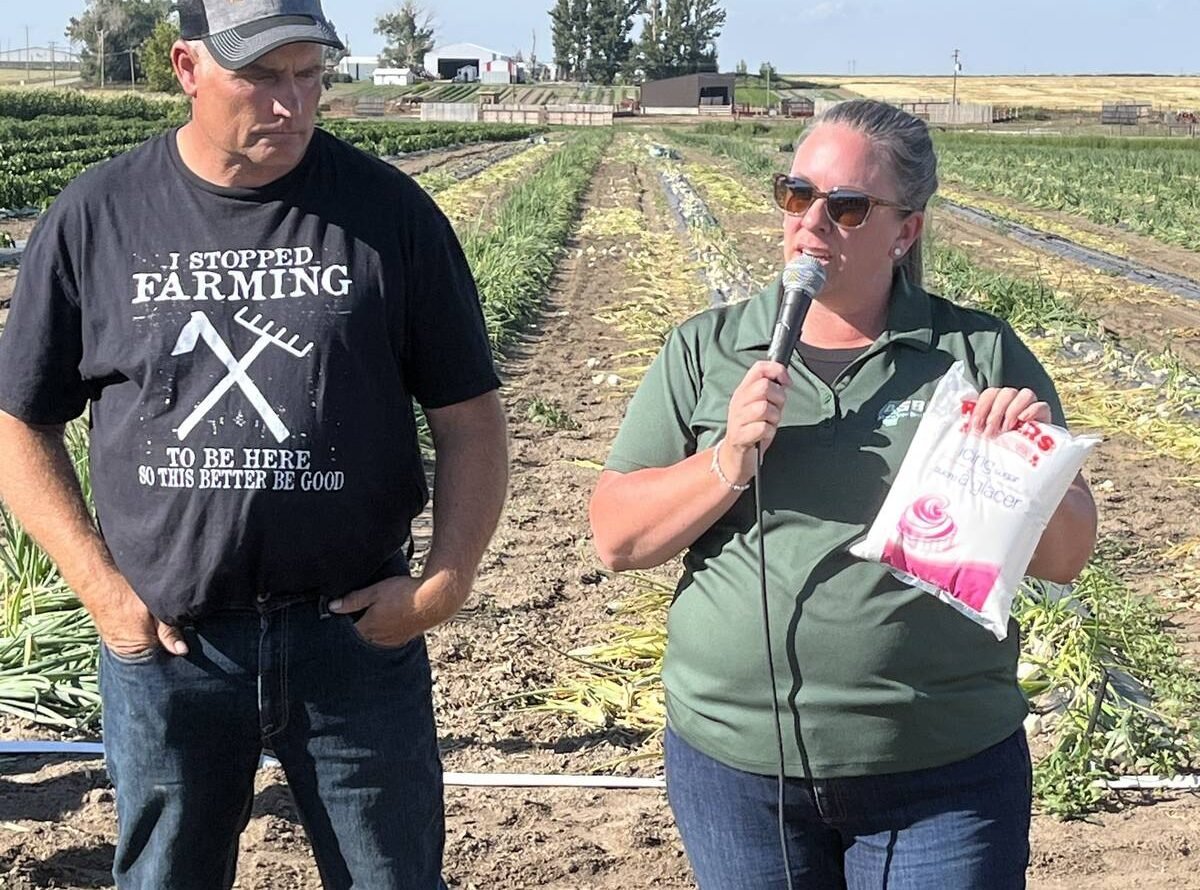Many of us have heard fables about floating islands bobbing about on the high seas.
Floating islands also occur in freshwater lakes when mats of vegetation break free from the shore.
One characteristic of cattails, bulrushes and other aquatic plants is that they absorb nutrients from the water, including phosphorus and nitrogen.
Another characteristic is floating plant roots absorb more nutrients than plant roots that are anchored to the lakebed.
In short, a plant mass bobbing up and down with water swirling below the roots does a better job of sucking up what the water holds in suspension. That factor prompted researchers at St. Francis University, Pennsylvania, to see if man-made floating wetlands held promise for water treatment.
Read Also

Alberta’s beets a sweet domestic segment in Canada’s sugar supply
The sugar beet industry is showcased during a Farm to Table tour, as Taber features the last remaining sugar beet processing plant in all of Canada.
St. Francis researcher William Strosnider designed four different floating treatment wetlands em-ploying a variety of materials and two common wetland plants, cattail and common rush.
According to a recent release by the Soil Science Society of America, the team used inexpensive re-cycled materials in building the floating platforms, including drainpipe, burlap, mulch, utility netting and plastic bottles.
“The main result is that engineered floating treatment wetlands could affect water quality in many of the same ways that naturally occurring floating wetlands do,” concluded Strosnider at the end of the three-year study.
Strosnider said that fully treating wastewater means the nitrogen must be completely processed by the plants and floating wetlands may have capacity to do that. He thinks this process is a combination of different factors.
“Plants themselves could be taking up some contaminants in the water, but microbes may have the biggest effect.
“The base and roots of the floating wetlands make a great place for microbes to thrive. They carry out processes that break down or absorb pollutants such as nitrogen and phosphorus in the water.
“There are many examples where these floating treatment wetlands could be successful. They could help treat municipal wastewater by enhancing nitrogen removal. They could manage algae blooms by helping to regulate water temperature and solar radiation.
“Algae is a difficult issue for drinking water reservoirs and coastal ponds. Algae clogs water filters and lowers oxygen levels in the water, which can kill fish.”
But it’s not totally about water filtration. The gap below the man-made floating wetland creates new habitat for fish, mammals and other marine life. Above the water line, there’s new habitat for birds and small mammals.
“The area directly beneath the floating wetlands is high quality habitat, as small fish and amphibians can use the maze of roots to hide from predators.
“ In general, the value of habitat that floating wetlands or any other type of treatment wetland can provide has been poorly studied. We took a small step forward with our study.”















